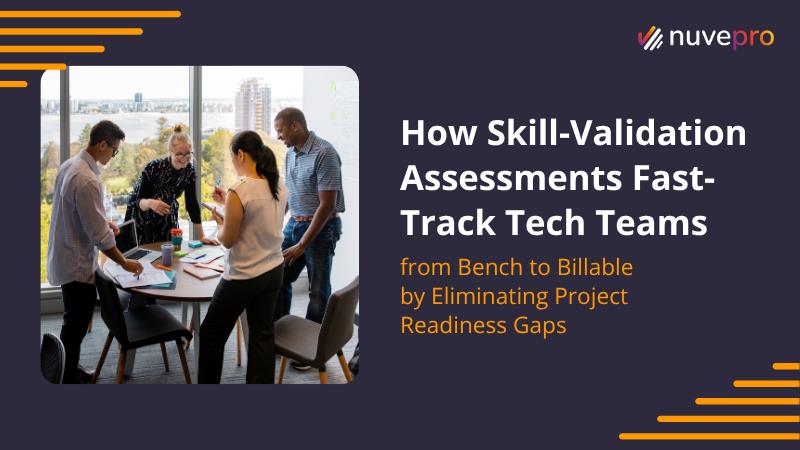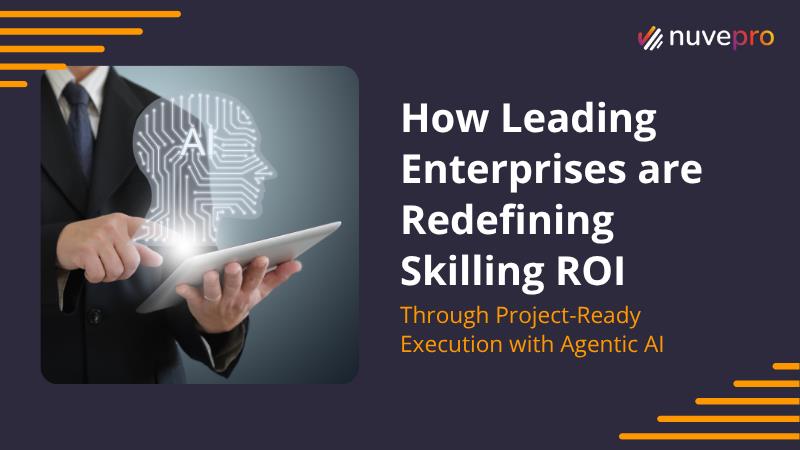CEO, Nuvepro
The shift from textbook learning to learning by hands-on practice has been a gradual process until 2020. The pandemic changed the way education is provided and received.
According to Britannica, “Technical education is the academic and vocational preparation of students for jobs involving applied science and modern technology.”
When the world suffered a daunting pandemic, there came challenges in providing education online. The new way of teaching has a continued shifting educational landscape which mostly involves hands-on learning, especially in engineering education. Even the definition of laboratories in a school setup has changed. Labs now do not necessarily mean physics or chemistry labs on the school campus but use virtual labs in their computer systems to design, analyze, and build practically. Curriculums in technical education (STEM courses) and engineering courses now focus on hands-on practice.
“I hear and I forget;
I see and I remember;
I do and I understand.”
-Chinese Proverb
Vocational education focuses on practice in technical education
The motive of providing education is to build a future not just for the individual but the nation too. With the increase in the demand for tech jobs, engineering education and other technical education see an upsurge in the enrolment process. The post-pandemic scenario in 2021 has created a demand for technologies like DevOps, big data, and cloud computing. All of these courses require theoretical and practical training. However, graduates leave primary schools with a minimum of knowledge in technology – being practically technically illiterate. This threatens the stability of society in terms of sustainable development and leads to the understanding of the link between theoretical subjects and technical products. That’s why companies begin to lack qualified specialists for their technical job roles.
The importance of technical education and implementing vocational learning was realized when the World saw the daunting pandemic of its time. The government of India announced the National Education Policy 2020 first education policy of the 21st century. After all, if education does not provide the vocational learning that is required then what is it there for?
Practice is the only way to get technical education
In the illustrated image, the first four ways of learning are passive learning methods. The bottom two shows active learning methods. Practicing by doing is the best way to apply the theories learned.
“What you hear, you forget;
What you see, you remember;
What you do, you understand.”
-T. Harv Eker
Students in information technology need realistic, hands-on experience to master IT skills. The importance of practicing in technical education paves the way for 360-degree learning that helps in future too. Technical learning when done properly leads to the following:
Increased awareness of the career to choose from: When students have the opportunity to train with a hands-on curriculum, they become deeply engaged in both their vocational education and their career path.
Better learning environment: It also creates a deeper interest basis and relationship with technology, which influences the students’ decision about their future professional orientation.
Increased career opportunities: Hands-on learning bridges the gap between theoretical and practical learning. This provides the students with the technical education and skills to step into the corporate world with a to-do attitude.
Assessment of technical learning: Assessing technical education theoretically will be like assessing the speed of the horse running when he is in water. STEM courses such as science, engineering, law, or medicine, all require a practical assessment way.
How can hands-on learning enhance technical learning?
When working with technical toys, children develop their senses, thinking and ability to express themselves. It involves creating a strategy and objective of the work, considering first and then taking action. In the same way, having hands-on learning in place to practice the theoretical understanding of the subject matter builds a strong foundation.
Universities, schools and teaching centers should consider using advanced methods of providing a learning experience to their students. One such example is cloud-based hands-on-labs that ease the learning procedure by eliminating the problem
- Of investing and organizing labs with expensive hardware.
- The teachers and instructors can proctor the learner’s screen.
- Both teacher and learner can work on the same project at the same time from anywhere in the world
Contact the Nuvepro team to learn about the labs that other educational institutes and universities are getting. Hands-on labs can be used to create logic storyboards using Python and JAVA. It makes use of audio and visuals to get increased attention from young learners and makes them love technology a little more every day. For engineering students, labs can consist of cloud computing, Android Studio etc.
How do you practice your technical learning?



